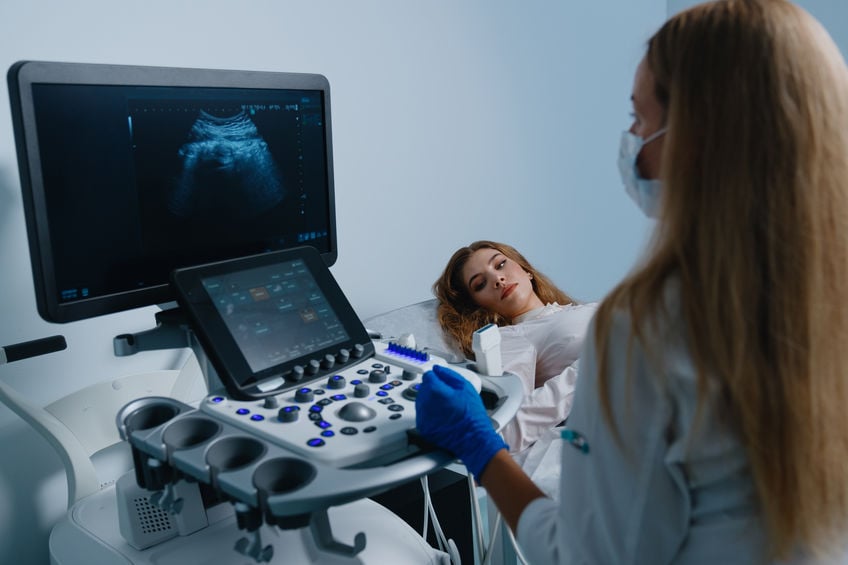When Infertility Brings No Answers
Starting or growing a family is a beautiful experience. Unfortunately for some, this could seem impossible. Infertility happens when someone tries to conceive naturally without success after 6 or more months. Pregnancy struggles often mean a trip to a family doctor or reproductive specialist. However, there can be added stress if the diagnosis is unexplained infertility. Unexplained infertility is confusing, but there are practical steps to treat the condition.

Explained vs unexplained infertility
For a successful pregnancy, both male and female reproductive organs must be at optimal health. Healthy sperm and egg create a healthy embryo, and even then, there could be problems. With explained fertility, a reproductive endocrinologist can find what’s causing the issue. There could be a problem with the woman’s reproductive health or the man’s sperm. With unexplained infertility, all signals point to a healthy body. However, the couple is still unable to get pregnant.
Is unexplained infertility the end?
An unexplained infertility diagnosis is a stressful, confusing verdict for all involved. But the condition is not a death sentence to starting a family. In fact, unexplained infertility does not mean there is no problem at all. There may be a hormonal or even genetic issue that goes beyond the standard tests. Knowing this information is the first step after a diagnosis. The next step is knowing there are treatment options to help with infertility.
Turning to ART
To treat infertility, fertility clinics will turn to assisted reproductive technologies, known as ART. ART finds ways to support the natural reproductive process. An IUI or intrauterine insemination is the first step and most common form of ART. The doctor places a sperm sample directly into the uterus using a catheter. IUI gets timed with the woman’s ovulation or supported with hormone medication. IUI may also need donor sperm if there is suspected male factor infertility. The procedure has favorable success rates but may not be enough for unexplained infertility.
Can IVF help?
In most cases of unexplained infertility, a doctor may suggest going straight to in vitro fertilization (IVF). IVF is the gold standard for reproductive support. The procedure involves extracting the woman’s mature eggs and creating embryos with a washed sperm sample. An embryologist will monitor and develop the embryos while the doctor implants one or more into the uterus. From there, the doctor monitors for pregnancy. IVF is one of the best solutions for unexplained infertility.
ICSI, eSET, and more
Over the years, fertility clinics have created different methods that stack on IVF. These methods have significantly improved the success rates of IVF:
- With intracytoplasmic sperm injection (ICSI), a fertility clinic injects a single sperm into the egg to improve the embryo’s quality.
- Elective single embryo transfer, or eSET, uses one mature embryo only during IVF.
- Some clinics use a blastocyst culture, leaving the embryo to mature for 2 more days.
Get help from a donor
Even with IVF, there is a small subset of patients that need even more help. At this point, the fertility clinic will discuss with the patient the possibility of donors. Donor sperm and donor eggs can be used in different situations. These are tested samples that can increase the chances of pregnancy. Donor sperm can improve the success rate of IUI, while donor eggs can improve IVF.
There is hope, even with unexplained infertility
An unexplained infertility diagnosis sounds like there is nothing a doctor can do. This idea is far from the truth. The diagnosis means there is no apparent reason why the couple cannot get pregnant naturally. But by using one or more ART procedures, the chance of pregnancy increases significantly. Anyone trying to conceive without success for 6-12 months should get a full reproductive assessment as soon as possible.





